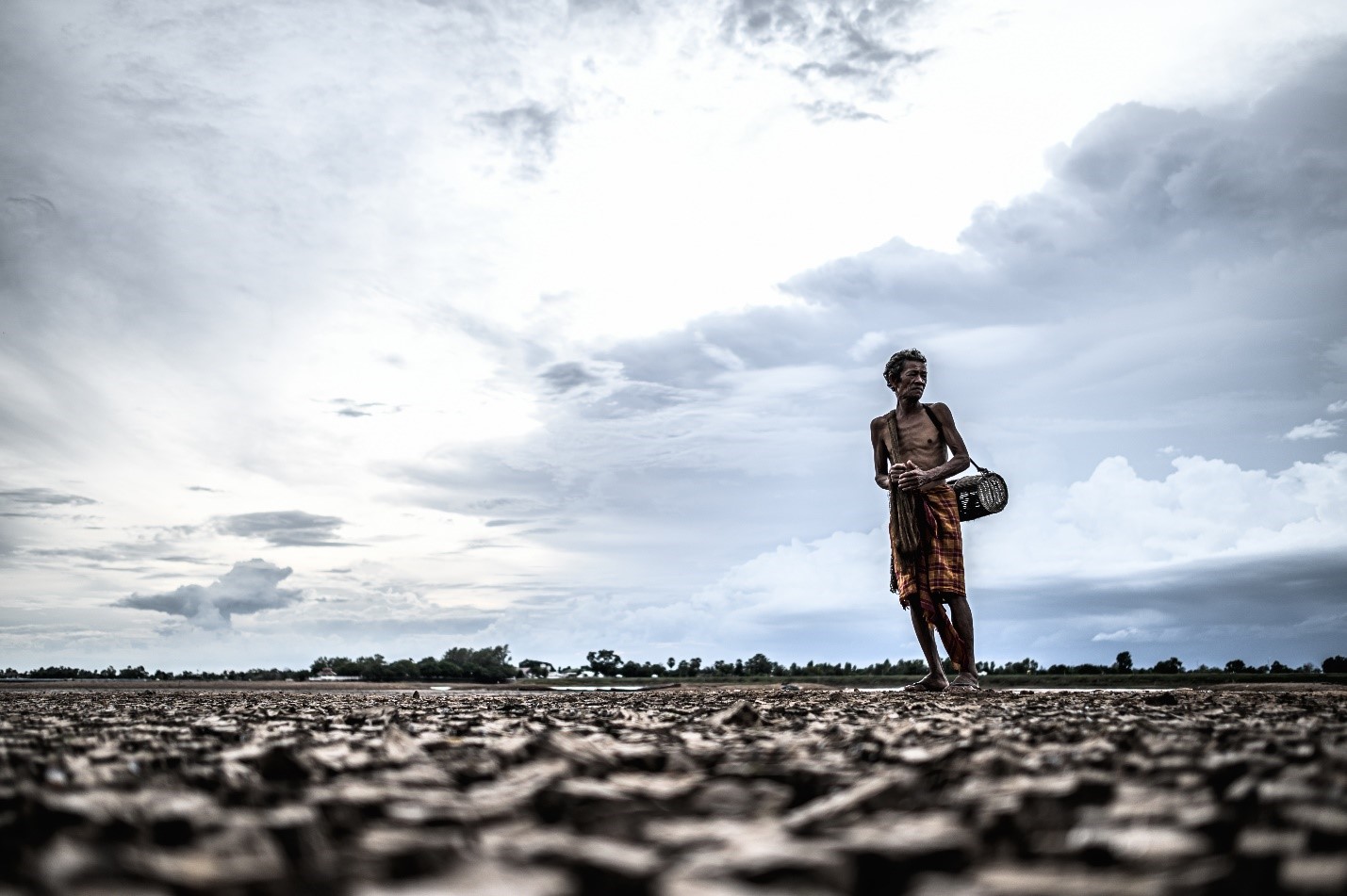If we do not curb global warming and assist people in adapting, we will experience destabilization, migration, and starvation. Current humanitarian needs will appear insignificant in comparison to the anticipated surge in humanitarian requirements if the world fails to address climate change. 2021 was the third-costliest year on record for climate-related disasters, with US$329 billion in economic losses and four mega-disasters costing more than US$20 billion to respond to. Droughts, floods, and storms have become more often and severe over the world, causing widespread food shortages, ruining agricultural productivity, destroying livelihoods, and pushing people to flee their homes.
These patterns are consistent with the conclusions of the Intergovernmental Panel on Climate Change (IPCC)’s most recent assessment report, which issued grave warnings that climate change is already causing dangerous and widespread disruption. If emissions are not decreased, the danger of food supply shocks would rise dramatically, with harvests failing in multiple major food-producing countries at the same time, resulting in shortages and price rises. Global warming has already slowed food productivity increases by 21%.
Climate change does not act in isolation; it exacerbates existing vulnerabilities and increases the complexity and difficulty of managing threats. According to the IPCC assessment, the world risks exceeding 1.5°C of warming in the next two decades, which, even if only temporarily surpassed, would have catastrophic consequences. Climate change has an impact on every inhabited place on the planet, but not in the same way. Over 40% of the world’s population now lives in areas that are extremely exposed to climate change. These communities contribute the least to the problem, yet they bear the brunt of the consequences and have few resources to cushion the shocks.
Climate action is underfunded over the world. Climate finance is risk averse, failing to reach locations where losses and damages exceed governments’ and the international aid system’s response capacities. According to the UNDP Climate Finance for Peace Report, highly fragile nations received an average of US$2.1 per person per year in climate finance during the last seven years, compared to US$161.7 in non-fragile states.
Failure to address climate change was named the most serious danger in the World Economic Forum’s Global Risks Report 2022. This failure is seen as the most serious threat in the medium (two to five years) and long (five to ten years) term, emphasizing that this is not a problem for future generations, but rather a current global concern. Extreme weather and biodiversity loss were ranked second and third, respectively, in the top ten identified hazards for the next decade.
Global Priorities for Climate Adaptation Action
- Prioritize climate action in vulnerable and fragile contexts
As the UNDP research points out, more climate money should be channeled to fragile nations in order to reduce climate-related risks in areas where they are felt the most acutely. The international aid system should stop limiting adaptation investments to development contexts and ensure that vulnerable areas get more than just basic humanitarian assistance.
- Distribute urgent funds to large-scale coordinated adaptation programs.
To scale up climate adaptation and safeguard the most vulnerable, immediate global action is required. Humanitarian and development organizations require more consistent and predictable funding to improve lives over time and plan for scale as needs grow. It must be provided in addition to life-saving humanitarian aid so that governments are not compelled to choose between saving and changing lives.
- Boost collaboration and creativity at the intersection of humanitarian and climate action.
The capacity of governments and the international aid system to respond to growing humanitarian needs is being strained by the climate issue. Climate change must be acknowledged as a humanitarian and development challenge, and partnerships between humanitarian and development actors must be enhanced. Climate action necessitates holistic approaches that combine natural-based solutions with access to climate and early warning data as well as financial safety nets.
Climate Action by the World Food Programme (WFP)
Food insecure individuals can use WFP’s effective and scalable solutions to prepare for, respond to, and recover from climatic shocks and pressures. Following climate-related disasters, the World Food Programme saves lives by aiding people in the most distant and difficult regions to cope with climate shocks. At the same time, WFP helps communities:
- Anticipate climate hazards before they become disasters by using early warning systems to trigger pre-positioned financing for preventative action.
- Restore degraded ecosystems that serve as natural shields against climate impacts.
- Protect the most vulnerable by providing safety nets and insurance against climate extremes.
- Energize schools and communities by providing access to cleaner cooking methods.
These solutions focus on climate action in the most vulnerable and fragile situations, speed up adaptation solutions at scale, and foster innovation at the intersection of humanitarian and development efforts. They also support integration, understanding that combining diverse adaptation activities is the most effective way to safeguard against climate risks.







